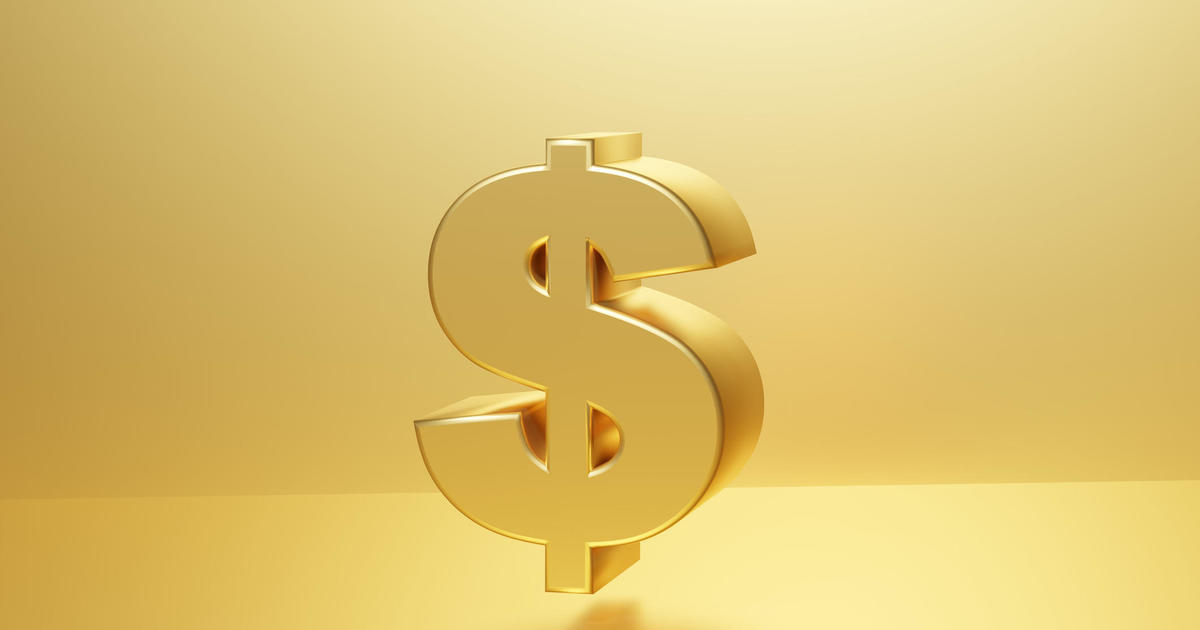CBS News
Why you should invest in gold this January

Getty Images
When it comes to your investments, timing is everything. You don’t want to get in too late and miss out on the benefits of a particular asset. But you don’t want to get involved too early, either, and have your money locked away in an asset that underperforms for your portfolio. The timing needs to be just right to avoid either scenario.
In 2023, the timing for investing in gold was right for many people. Investing in the precious metal hit an 11-year high in September. With high inflation and elevated interest rates, it made sense for many to invest in gold, if only to help protect their portfolio as other assets underperformed.
That said, a new year provides a new time to reflect and recalibrate, leading many to wonder if they should still invest in gold this year. There are compelling reasons to get still involved, especially this month. Below, we’ll detail three reasons why you should invest in gold this January.
Start by reviewing your gold investing options here to learn more.
Why you should invest in gold this January
Here are three reasons why investors should consider gold this month.
Inflation is still a concern
Inflation seemed to be heading on a preferred, lower trajectory in recent months but progress may have stalled. Inflation rose in December and currently sits at 3.4% — that’s 1.4% above the Federal Reserve’s target 2% goal. While it’s too early to tell if that report was an anomaly or a sign of future economic concerns, it wasn’t the number economists were hoping for.
Against this backdrop, then, a gold investment this month can still be valuable. Known for its ability to hedge against inflation and maintain its value during inflationary periods, many may want to turn to gold now as the battle to rein in inflation continues into 2024.
Get started with a gold investment online today.
The price could tick up higher
The price of gold today is $2,021.70 per ounce. That’s slightly below a record high, reflecting the high demand and interest in the precious metal. But if inflation doesn’t come down or if turmoil increases — both overseas and in the United States during this election year — the demand could tick up even further and the price will inevitably rise with it.
While gold isn’t the income-generating investment other assets are, it’s still always better to buy lower and sell higher. January 2024, then, could be a great time to do just that.
It can diversify your portfolio
Take a closer look at your investments to see where your money is tied up. Chances are high that you could use some diversification in case assets like stocks, bonds and real estate take a hit in 2024. With so many factors at play — from global unrest to inflation and high interest rates at home — there’s no telling what will happen to your conventional investments.
Gold, however, tends to remain steady in the face of these developments and can help diversify your portfolio by keeping it afloat when other assets falter. While it’s true that this is a valuable benefit at any time, it can be especially helpful now in light of the above considerations.
The bottom line
Gold can be a valuable investment at any time, as investors over the last few centuries can attest. But, like any other investment, there may be better times to get started than others. For many, January 2024 could be one of those times. Due to a (still) ongoing battle against inflation — and the help it can provide in that fight — gold could be worth investing in now. Plus, the price is high with the potential to rise even higher this year (giving you a possible quick win, too). And it can still serve as the traditional portfolio diversifier it always has, which can be particularly important considering the economic headwinds coming toward investors this year.
For all of these reasons, this January could be a great time to invest in gold. Start researching your options online today.
CBS News
11/24: CBS Weekend News – CBS News

Watch CBS News
Be the first to know
Get browser notifications for breaking news, live events, and exclusive reporting.
CBS News
11/24/2024: Disrupter U.; Humans in the Loop; Lowriders of New Mexico

Watch CBS News
Be the first to know
Get browser notifications for breaking news, live events, and exclusive reporting.
CBS News
11/24: The Takeout: Sen. Joe Manchin

Watch CBS News
Be the first to know
Get browser notifications for breaking news, live events, and exclusive reporting.




